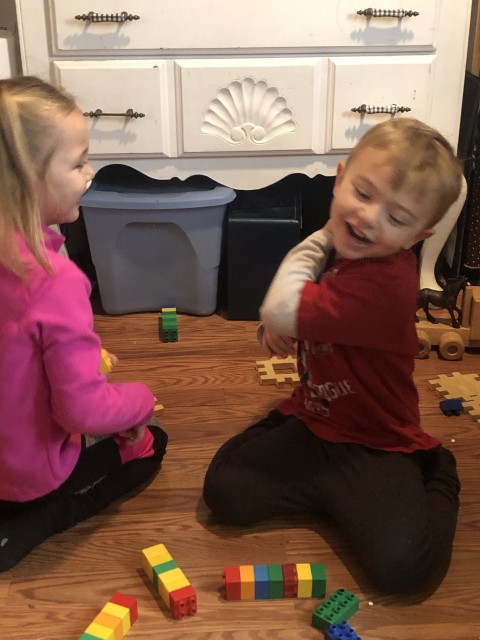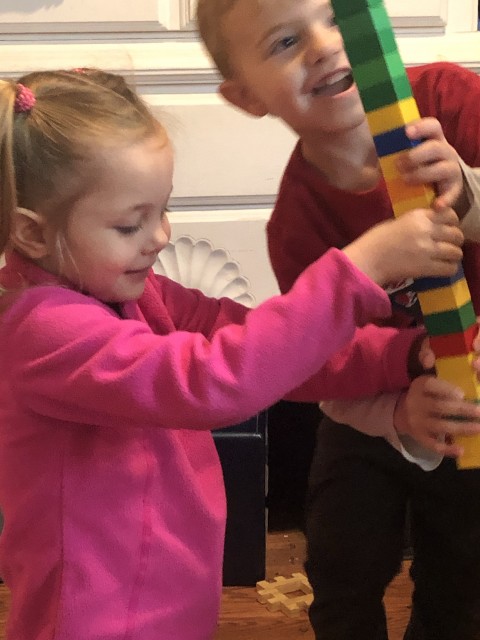The gift of laughter
The gift of laughter
Humor is an important lives. As a form of intellectual play, it grows more sophisticated with age. The kind of humor children express depends, in part, on the level of cognitive development they have achieved.
A child’s first experiences humor in the second year of life in the context of playing with objects. A three-year-old usually thinks it’s hilarious to give objects or events names that she knows to be incorrect. She probably will giggle if a rabbit is called a bird. Most four-year-olds laugh at objects primarily on the basis of their parents. A drawing of a car with square tires, for example, might keep a boy laughing throughout the day.

Unexpected behavior also provokes laughter in children. Seeing a grown-up jump rope or dress up in play clothes can send a kid into a fit of laughter. A description of an impossible event such as the term “it’s raining cats and dogs” can also produce giggles.
Most 3 to 5-year-olds don’t understand many of the jokes, riddles or puns that seem funny to older children. Younger children do enjoy changing the words of jokes and repeating them often, for example why did the chicken cross the road? Because he wanted to… Can break up a child.
Just today Levi said “why does the house cross the road ? . To get to the other side. all of the children laughed so loudly.” all of the children laughed so loudly. They all began with their versions of why did some thing cross the road.
We adults may not understand the joke but we can appreciate the reaction it brings to our children .

Humor is more than just a chuckle or a belly laugh. It releases pent-up energy and permits the expression of ideas and feelings. Growing up is stressful, and good mental health – which includes a sense of humor – allows children to cope with sources of conflict and distress.
Let’s all find something to laugh about tonight.
